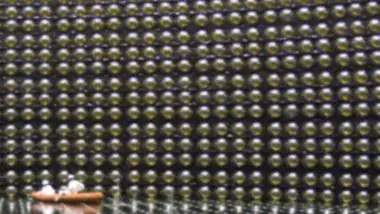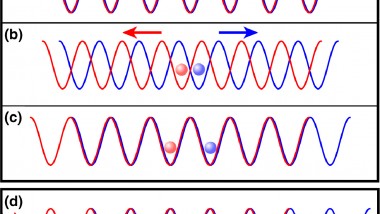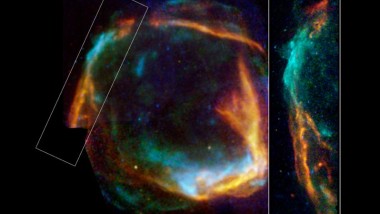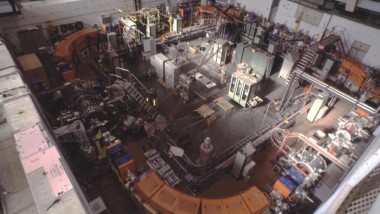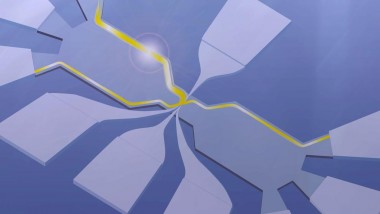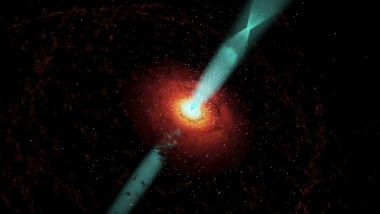Cosmologists at University College London (UCL), England, have recently reported a new calculation that led them one step closer to determining the mass of the elusive neutrino particle. While most of the studies made until now used particle detectors, the ...
Scientists Shed Light on the Mysterious Neutrino
Queen Mary’s Particle Physics Research Centre has recently received access to data from the T2K experiment, which dealt with the Neutrino – one of the most baffling particle physicists explore. Using this data, a collaborative team of scientists hope to ...
Random Walk in Quantum Physics
Researchers at the University of Bonn have used caesium to demonstrate the unusual effects of quantum particles. Using the example of tossing a coin, the outcome can either be heads or tails. However, an atomic ‘coin’ can exhibit a superposition ...
Milky Way’s Particle Accelerators
Researchers from the Astronomical Institute at Utrecht University have been observing the Milky Way’s particle accelerators. Using data from NASA’s Chandra X-Ray Observatory and European Southern Observatory’s (ESO) Very Large Telescope, the researchers have determined that cosmic rays from our ...
Smart Glass Controls Lighting and Temperature
Research Frontiers, a New York based research company, has developed a “Smart Glass” that can regulate the level of incoming light through windows. The company developed and patented a film technology called Suspended Particle Devices (SPD) that can vary the ...
LHC to Resume Limited Duty in Late 2009
CERN management has decided to slowly restart experiments at the Large Hadron Collider (LHC), working its way up to energies of 10TeV by the end of 2009 but holding off on the highest energy collisions of 14 TeV until at ...
Antimatter Bounces Off Matter
A team of Italian researchers, part of the OBELIX collaboration, used data taken from CERN, the European particle physics laboratory, from 1990 until 1996 and after careful analysis reported a surprising finding: a good fraction of a low energy antimatter ...
New Quasiparticles Found
Scientists from the Weizmann Institute of Science in Israel have demonstrated, for the first time, the existence of quasiparticles with one quarter the charge of an electron. Quasiparticles are formed from the interactions of multi-particle systems, and act effectively as ...
Black Hole’s Secrets Revealed
Many galaxies have super-massive black holes at their core, which expel powerful jets of particles at nearly the speed of light. Using the National Radio Astronomy Observatory’s very long baseline array, scientists recently confirmed the leading theory, according to which ...


